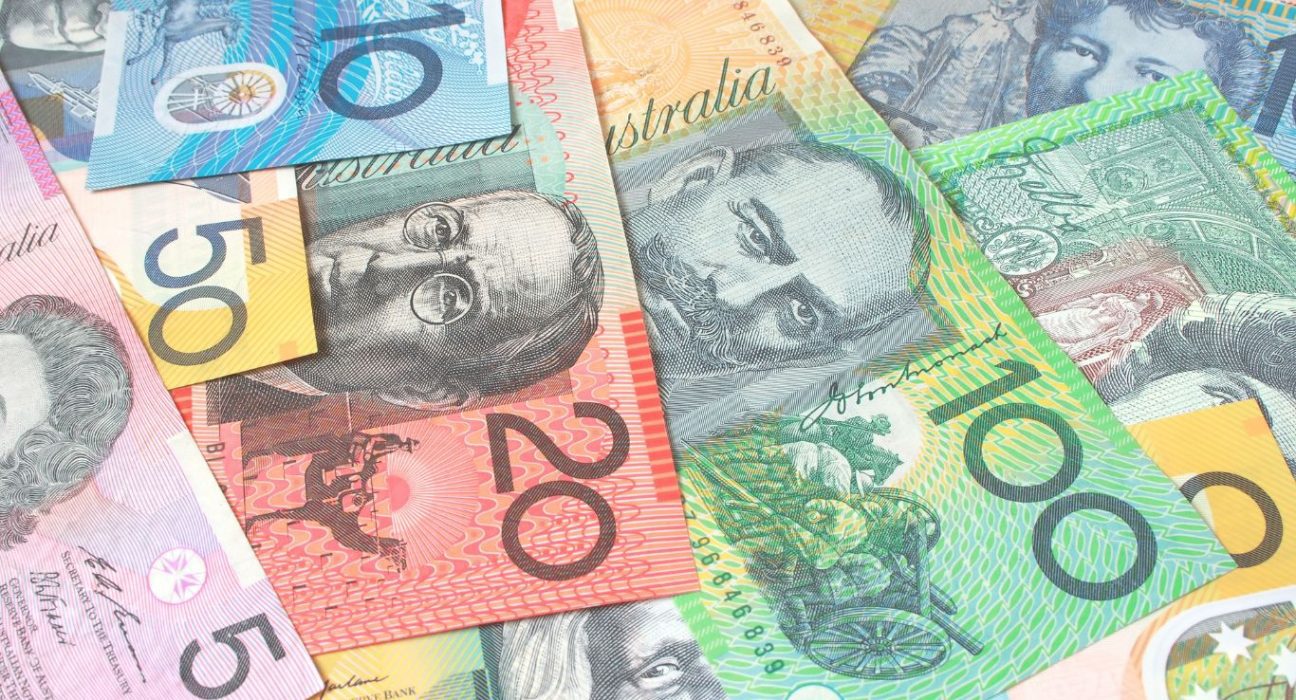Introduction:
The Australian dollar has been on the defensive lately, as various global factors have weakened its position. These factors include the strength of the US dollar, the resurgence of COVID-19 cases in India and Japan, and concerns over the Chinese economy. Despite finding strong support at the March trough of $0.6564, the currency fell 1.1% last week to a seven-week low of $0.6573. In this article, we will delve deeper into these global factors and their impact on the Australian dollar.
Global Factors Weakening the Australian Dollar:
One of the main factors affecting the Australian dollar is the strength of the US dollar. The US dollar has been on the rise lately due to various factors, including higher US Treasury yields and better-than-expected economic data. As a result, the Australian dollar has weakened against the US dollar, as investors flock to the safety of the greenback.
Another factor affecting the Australian dollar is the resurgence of COVID-19 cases in India and Japan. Both countries are important trading partners for Australia, and any disruptions in their economies can have a significant impact on the Australian dollar. The recent surge in COVID-19 cases in India and Japan has led to renewed lockdowns and restrictions, which could lead to a slowdown in economic activity and lower demand for Australian exports.
Lastly, concerns over the Chinese economy are also weighing on the Australian dollar. China is Australia’s largest trading partner, and any slowdown in the Chinese economy can have a significant impact on Australian exports. Recently, there have been concerns over the Chinese property market and the country’s regulatory crackdown on various sectors, which has led to increased uncertainty and volatility in the markets.
Impact on the Australian Economy:
The weaker Australian dollar could have both positive and negative effects on the Australian economy. On the positive side, a weaker currency could make Australian exports more competitive in the global market, boosting demand and increasing economic growth. Additionally, a weaker currency could make it more attractive for foreign investors to invest in Australia, as they can get more bang for their buck.
On the negative side, a weaker currency could lead to higher inflation, as imported goods become more expensive. This could lead to higher costs for consumers, which could then lead to a slowdown in economic growth. Additionally, a weaker currency could lead to higher borrowing costs, as investors demand higher returns to compensate for the increased risk.
Conclusion:
In conclusion, the Australian dollar has weakened due to various global factors, including the strength of the US dollar, the resurgence of COVID-19 cases in India and Japan, and concerns over the Chinese economy. While a weaker currency could have both positive and negative effects on the Australian economy, it remains to be seen how these factors will play out in the coming months. Investors will be keeping a close eye on these global factors and their impact on the Australian dollar in the weeks and months ahead.










